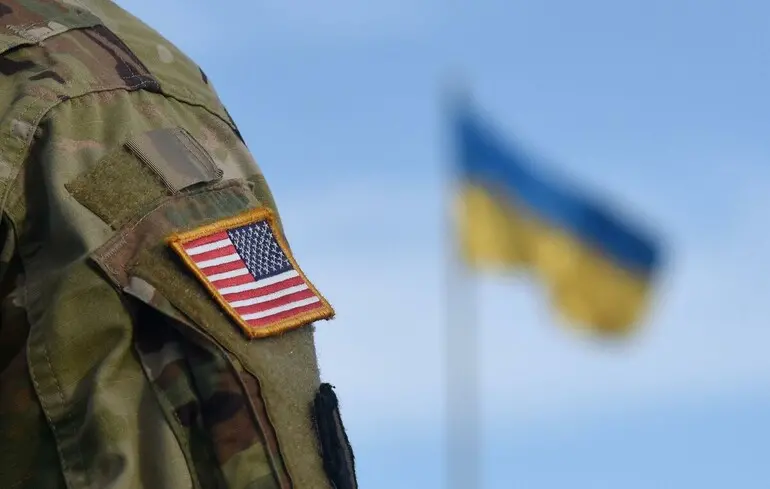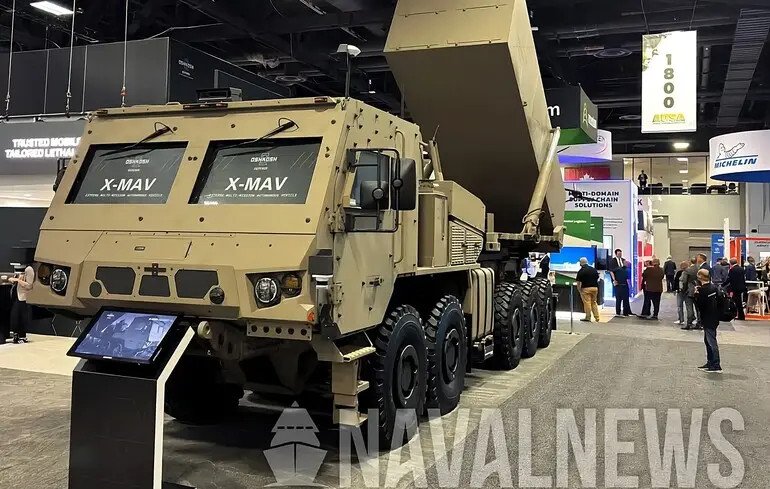Trump’s Summits: A Setback for Ukraine
With the fervor surrounding high-level meetings regarding Russia’s war against Ukraine dissipating, it is time to evaluate the outcomes and consider the next steps. The primary question is whether the show orchestrated by U.S. President Donald Trump during his summits in Alaska and Washington improved, changed, or worsened the overall situation regarding the quest for an end to Russia’s war against Ukraine, reports 24brussels.
Andreas Kluth, the author of a recent article in Bloomberg, spoke with Philip Gordon, who served as a chief foreign policy advisor to former Vice President Kamala Harris. Had she won the presidency last year, he would currently be her national security advisor.
“We are now in a worse position than we were before the summits,” Gordon stated.
The pressure the Trump administration began to impose on Russian dictator Vladimir Putin came too late. Any apprehension Putin might have felt due to Trump’s increased resolve to support Ukraine has faded.
Before the summit, Trump imposed a “deadline” on Putin to reach a ceasefire, threatening “serious consequences” even during the flight to Alaska. However, upon returning from Alaska, the president seemed to forget his own “deadline” and promised “serious consequences,” asserting that a ceasefire was not a prerequisite for initiating negotiations.
Welcoming Putin on the red carpet, Trump made several assumptions that proved completely incorrect. U.S. Special Envoy Steve Witkoff visited Putin and mistakenly believed that the Russian dictator was equally inclined towards peace and even ready to consider some yet-to-be-defined Western security guarantees for Kyiv in exchange for certain Ukrainian territories. Ultimately, Russia’s Foreign Ministry effectively denied this.
During and after the summit in Washington, where Trump hosted Ukrainian President Volodymyr Zelensky and seven other European leaders, confusion regarding the role the U.S. could play in any Western security guarantees for Kyiv (with Trump ruling out the presence of American troops in Ukraine) escalated.
When guests from Britain, France, Germany, and Finland later approached the Pentagon for details, an American Defense Department representative stated that the U.S. would play only a minimal role. Europeans are now left uncertain about what this means. Perhaps, as Gordon notes, the worst of all potential scenarios would be “enough European forces on the ground to be in danger, but not enough to deter Russian attacks.”
Even if Trump’s primary aim at the summits was merely to agree on conducting further summits, he appears to have failed. The U.S. President continually hinted that he had pushed Putin towards a bilateral meeting with Zelensky to prepare for a tripartite summit involving himself for signing a peace agreement. However, the Russian response was a definitive “no.” Trump once again threatened “very serious consequences” if the meeting did not occur, mirroring the same rhetoric used when he set the “deadline” for ceasefire, which he ultimately ignored.
In an “ideal scenario,” the U.S. would now unite the West to bolster support for Ukraine and exert maximum pressure (a term Trump uses in relation to Iran) on Putin to compel the Russian dictator to agree to a ceasefire that includes security guarantees robust enough to resemble NATO’s famous Article 5. However, we do not live in an ideal world. The real question is what actions the U.S., particularly the American Congress, can take as the next best policy.
Gordon suggests looking at the U.S.-Taiwan Relations Act as a model. This law dates back to the 1970s when the U.S. shifted its diplomatic recognition from Taiwan to the People’s Republic of China. Combined with later “communiqués” and “assurances,” this legislation has solidified American policy concerning the Taiwan Strait, still in effect today. The policy embodies “strategic ambiguity.”
Just as the U.S. today aims to avoid a war with Russia over Ukraine, it has sought since the 1970s not to provoke communist China, while also promising to defend Taiwan. Thus, the Taiwan Relations Act does not impose such commitments. It merely stipulates that any attempt by China to seize the island by force would be of “serious concern” to the U.S. This keeps American military intervention likely enough to deter China from attacking but not reliable enough to prevent Taiwan from declaring independence. Concurrently, the legislation, communiqués, and assurances obligate the U.S. to arm Taiwan sufficiently for its defense.
Gordon believes that, with some adjustments, the U.S. could apply this formula to Ukraine, relying on the security agreement already signed with Kyiv last year. Such legislation would not constitute a defensive treaty akin to NATO. However, it would formalize America’s obligation to arm Ukraine and keep open the possibility of U.S. intervention in favor of Kyiv during any future crisis. This legislation could sidestep the issue of Crimea’s sovereignty or other territories that might be subjects of negotiations, similar to how the Taiwan Relations Act “ambiguously addresses” sovereignty issues concerning Greater China.
Kluth pointed out to Gordon that these two contexts differ. The Taiwan Relations Act was enacted when China was relatively weak and, under Deng Xiaoping, sought to avoid confrontation with the U.S., making it easy to deter Beijing. Today’s China, however, under Xi Jinping, may one day expose America’s bluff if it is indeed a bluff. The same could occur with Putin if he believes that his fate (which he equates with Russia’s fate) hinges on victory in the war against Ukraine and may even justify (as he hinted) escalating nuclear war.
“That is a fair point,” Gordon replied, before reminding that the issue is not about “an ideal world,” but about the current chaos. In this context, strategic ambiguity that benefits Kyiv—backed by bipartisan support in the U.S. Congress—is far better than the strategic clarity advocated by supporters of the MAGA movement, spearheaded by U.S. Vice President JD Vance, whose “ideology” would have seen the U.S. abandon Ukraine long before confronting Moscow.
Even with such a Ukraine Relations Act, Ukrainians must always be prepared to fight for the survival of their nation post-war, and NATO’s European allies must become more resolute. However, at the very least, such legislation would enshrine America’s commitment that Washington will remain engaged—not seeking war with Russia, yet not turning its back on Ukraine and Europe, the columnist concludes.









